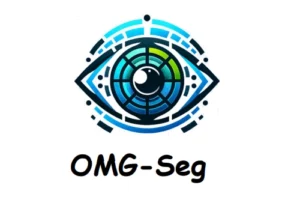Step into the future of video creation with AnimateZero! A key to interactive video creation and real image animation without any kind of training. It is a model that converts text into video effortlessly. The Researchers from Peking University, Tencent AI Lab and HKUST presented a breakthrough in video generation.
AnimateZero is a text-to-video (T2V) generation model that aims to enhance the techniques inherited from Text-to-Image (T2I) model which provide accurate appearance and consistency in the generated videos.

The model takes the textual input and generate output in the form of interactive video and real image animation. This latest model is providing enhanced control over existing pre-trained model AnimateDiff for converting Text-to-Video.
Lately, researchers are putting efforts to enhance Image Animation through different tools. Only Gen-2 showed exceptional outcomes in the realistic image domain, due to large scale model. Still, this model’s performance remain unsatisfactory in different domain. Genmo and Pika Labs also faced same issues.
Lets know further about AnimateZero
AnimateZero has the ability to generate controlled videos by separating the generation process of pre-trained Video Diffusion Models (VDMs), gradually enhancing Text-to-Image (T2I) generation to Image-to-Video (I2V) generation. The model does not require additional fine-tuning or specific training for each animation task by introducing spatial appearance control and temporal consistency control within AnimateZero. The length of generate video is 16 frames with standard resolution of 512 × 512.
AnimateZero is a versatile tool that has the ability to generate animated images without any specific training commonly known as zero-shot image animation. Whereas, the other models require extensive training to get the required results. This feature of zero-shot image animation of AnimateZero make it useful in different industries such as interactive video generation, education and advertisement.
Methodology
The approach used in this model is versatile and applicable to a wide range of personalized image domains, offering support for different visual styles such as pixel art style, anime style, realistic style etc. The research is available on Arxiv and code is available on GitHub. Researchers also provide extensive set of outcomes generated from AnimateZero.
The method is structured into two fundamental components: spatial appearance control, which aims to align the first frame with a given image, and temporal control, which focuses on maintaining consistency and smooth motion across all frames in the generated video sequence.
AnimateZero’s technique uses a single frame or keyframe as a reference point in context of both appearance and movement in the video. This frame is generated by a text prompt and remains constant throughout the video generation. Other frames then use this initial frame’s information to create the animation over time. These components work together to enhance the accuracy and coherence of the generated video output.
Evaluation
For quantitative comparison, a distinctive benchmark was constructed by including 20 prompts and 20 corresponding generated images from different styles such as characters, animals and landscapes. A brief comparison was done with AnimateDiff. The outcome shows that AnimateZero outperforms AnimateDiff when it comes to text-frame alignment and matching degree between the generated videos and Text-to-Image domains.
Conclusion
AnimateZero shows enhanced control over pre-trained video diffusion model to enable more precise appearance and motion in generated videos but it struggles to generate complex images such as movements of sportsman. AnimateZero showcases superior performance compared to existing methods unlocking new potential for video diffusion models in applications such as animating real images and facilitating interactive video creation.
According to my opinion AnimateZero’s outcome is more refine and aesthetically appealing with fluent and consistent motion among the frames of the generated video. The generated video shows minute details in a crystal clear way such as hair strands and waves of water etc and this feature was lacking in previous models such as AnimateDiff.
References
Similar Posts
-
Chinese Company DeepSeek Releases DeepSeek-Coder a LLM for Code Generation

-
Alibaba’s Mobile-Agent: A Smart Mobile Assistant
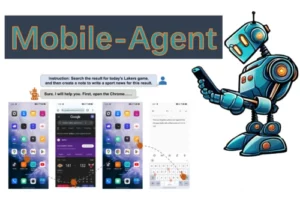
-
Grounded SAM: A Unified Model for Diverse Visual Tasks
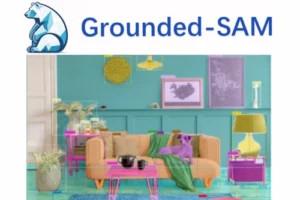
-
Gaussian Head Avatar: High Quality Head Avatar Generator
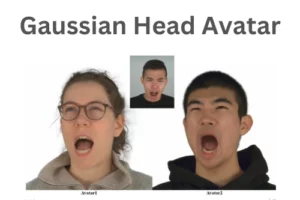
-
Google DeepMind’s AlphaGeometry: Without Assistance Solving Olympiad Geometry Problems
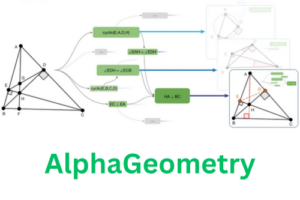
-
OMG-Seg: A Unified Segmentation Model
